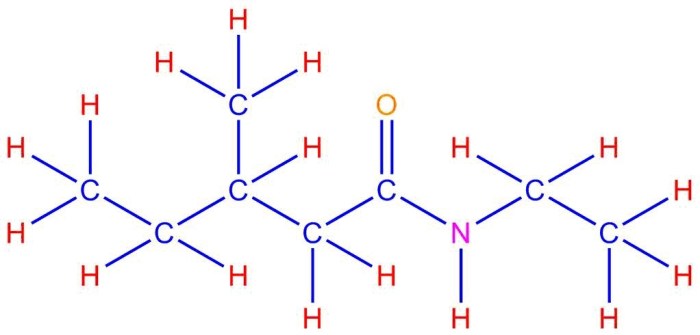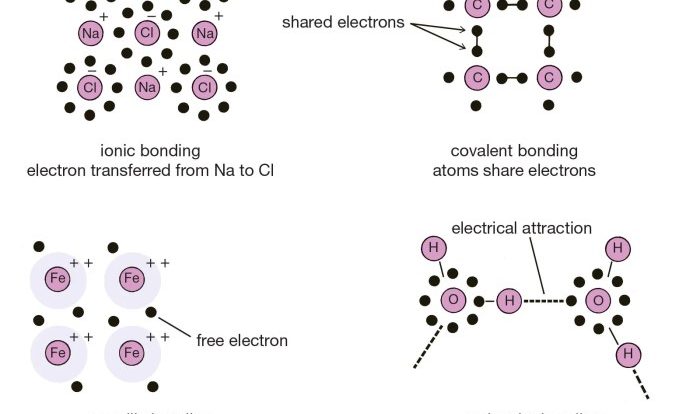Unveiling the periodic trends worksheet with answers, this comprehensive resource embarks on an exploration of the fundamental concepts that govern the chemical elements, providing a structured framework for understanding their properties and behavior.
Delving into the intricacies of atomic radius, ionization energy, electron affinity, electronegativity, and metallic character, this worksheet empowers learners with a thorough understanding of the periodic trends that shape the chemical landscape.
Periodic Trends
Periodic trends are regular and predictable changes in the properties of elements as you move across and down the periodic table. These trends can be used to understand and predict the chemical behavior of elements.
Atomic Radius, Periodic trends worksheet with answers
Atomic radius is the distance from the nucleus to the outermost electron shell. It generally decreases across a period from left to right and increases down a group. This is because the number of electrons in the outermost shell remains the same across a period, but the number of protons in the nucleus increases, causing the nucleus to attract the electrons more strongly.
Atomic radius affects chemical properties such as ionization energy, electronegativity, and metallic character. Smaller atoms have higher ionization energies and electronegativities and are less metallic.
| Element | Atomic Radius (pm) |
|---|---|
| Hydrogen | 53 |
| Helium | 31 |
| Lithium | 155 |
| Beryllium | 111 |
Ionization Energy
Ionization energy is the energy required to remove an electron from an atom. It generally increases across a period from left to right and decreases down a group. This is because the more protons in the nucleus, the stronger the attraction for the electrons, making it more difficult to remove an electron.
Ionization energy is related to atomic size and electronegativity. Smaller atoms have higher ionization energies because the electrons are closer to the nucleus. More electronegative elements have higher ionization energies because they have a stronger attraction for their electrons.
| Element | Ionization Energy (kJ/mol) |
|---|---|
| Hydrogen | 1312 |
| Helium | 2372 |
| Lithium | 520 |
| Beryllium | 900 |
Electron Affinity
Electron affinity is the energy change when an atom gains an electron. It generally increases across a period from left to right and decreases down a group. This is because the more protons in the nucleus, the stronger the attraction for the electrons, making it more favorable to gain an electron.
Electron affinity influences chemical reactivity. Elements with high electron affinities are more likely to form negative ions and are more reactive. Elements with low electron affinities are more likely to form positive ions and are less reactive.
| Element | Electron Affinity (kJ/mol) |
|---|---|
| Hydrogen | 73 |
| Helium | 0 |
| Lithium | 60 |
| Beryllium | 0 |
Electronegativity
Electronegativity is the ability of an atom to attract electrons. It generally increases across a period from left to right and decreases down a group. This is because the more protons in the nucleus, the stronger the attraction for the electrons.
Electronegativity is related to bond polarity. When two atoms with different electronegativities bond, the electrons are pulled towards the more electronegative atom, creating a polar bond.
| Element | Electronegativity |
|---|---|
| Hydrogen | 2.2 |
| Helium | – |
| Lithium | 1.0 |
| Beryllium | 1.5 |
Metallic Character
Metallic character is the tendency of an element to lose electrons and form positive ions. It generally decreases across a period from left to right and increases down a group. This is because the more protons in the nucleus, the stronger the attraction for the electrons, making it more difficult to lose electrons.
Metallic character affects physical and chemical properties. Metals are typically shiny, malleable, and ductile. They are good conductors of heat and electricity. Non-metals are typically dull, brittle, and poor conductors of heat and electricity.
| Element | Metallic Character |
|---|---|
| Hydrogen | Non-metal |
| Helium | Non-metal |
| Lithium | Metal |
| Beryllium | Metal |
Popular Questions: Periodic Trends Worksheet With Answers
What are the key periodic trends?
The key periodic trends include atomic radius, ionization energy, electron affinity, electronegativity, and metallic character.
How does atomic radius affect chemical properties?
Atomic radius influences properties such as reactivity, bond length, and melting point.
What is the relationship between ionization energy and electronegativity?
Ionization energy and electronegativity are inversely related, meaning elements with high ionization energies tend to have low electronegativities.


